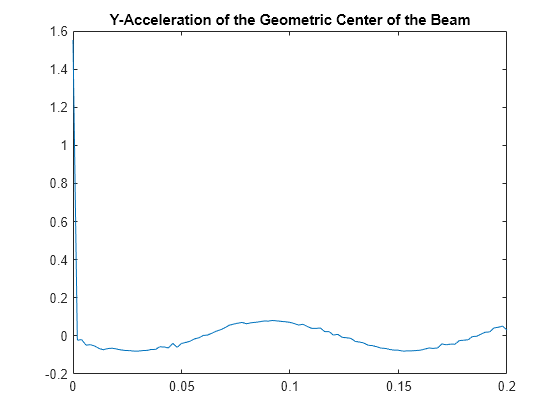interpolateAcceleration
Interpolate acceleration at arbitrary spatial locations for all time or frequency steps for dynamic structural problem
Syntax
Description
intrpAccel = interpolateAcceleration(structuralresults,xq,yq)xq and yq for all time or frequency
steps.
intrpAccel = interpolateAcceleration(structuralresults,xq,yq,zq)xq, yq, and
zq.
intrpAccel = interpolateAcceleration(structuralresults,querypoints)querypoints.
Examples
Input Arguments
Output Arguments
Version History
Introduced in R2018a

